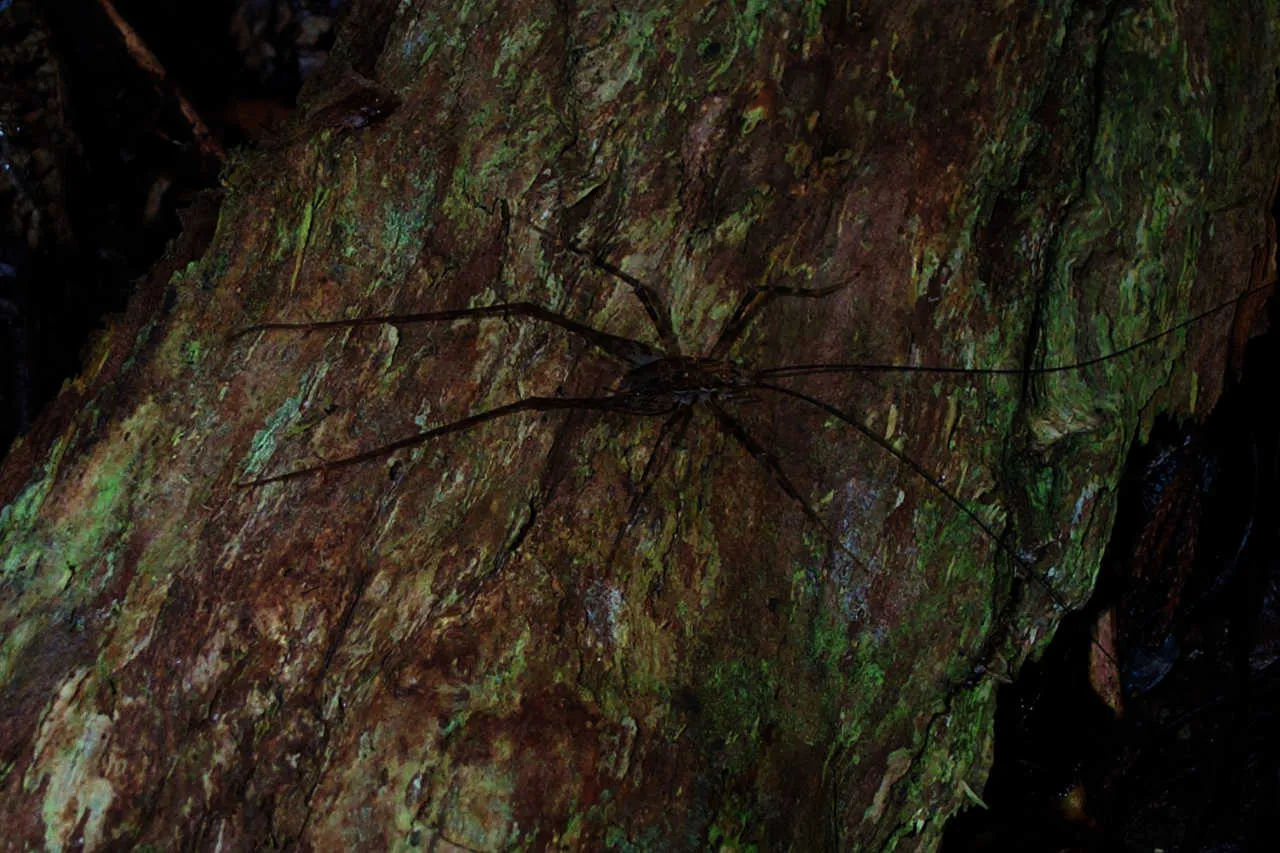Wētā have been around long enough to see dinosaurs come and go and to evolve into more than 70 different species, all of them endemic to New Zealand.
Image courtesy of Windy Hill Sanctuary
Wētā have become icons for invertebrate conservation in New Zealand because many species are threatened or endangered. There are more than 70 species of wētā in New Zealand, 16 of which are at risk.
There are five broad groups of wētā:
- Tree wētā
- Ground wētā
- Cave wētā
- Giant wētā
- Tusked wētā
Wētā are mainly herbivorous in the wild, but are also known to eat insects.
They are nocturnal and live in a variety of habitats including grassland, shrub land, forests, and caves. They excavate holes under stones, rotting logs, or in trees, or occupy pre-formed burrows.
Read More at the Department of Conservation
Source: Department of Conservation and licensed by greatbarrierisland.nz for re-use under the Creative Commons Attribution 4.0 International licence at http://creativecommons.org/licenses/by/4.0/
